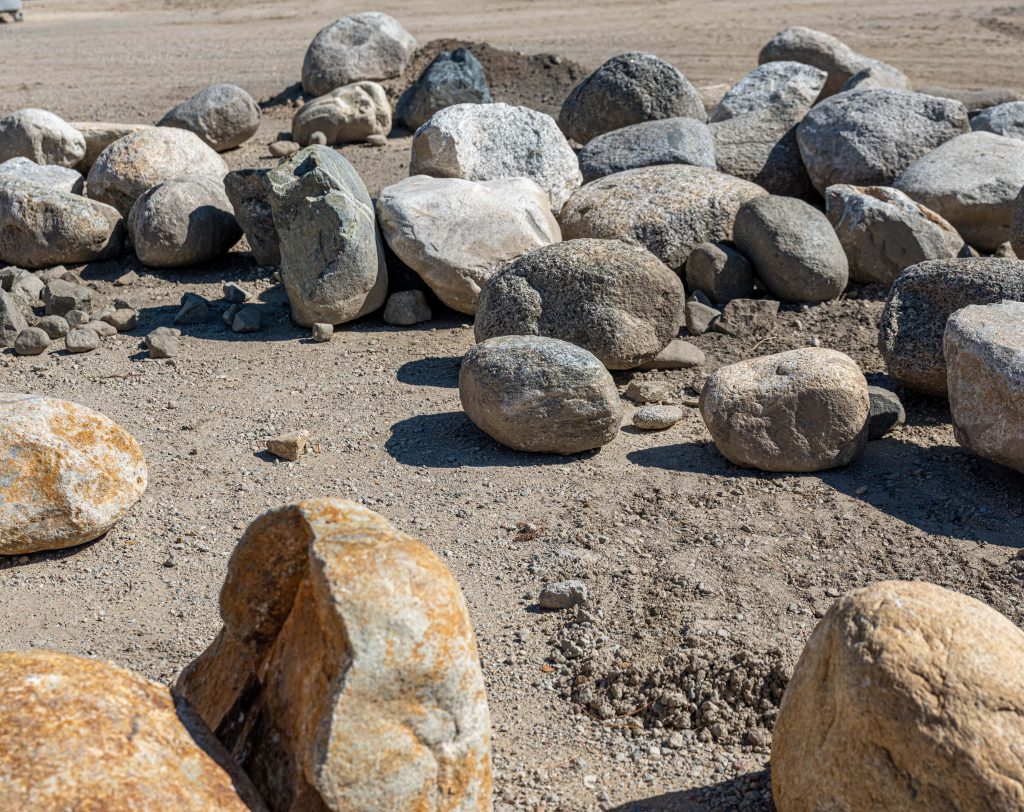Concrete recycling is a staple part of the construction industry. Concrete is basically a fusion of different elements including gravel and sand. Once these elements are mixed, they are bonded together using water and cement. But then, what happens when houses, walls, and other concrete structures are demolished? Where does all the rubble go to? Should we assume the demolished concrete no longer usable?
For decades, used concrete was treated as waste until professional builders saw the need to recycle the residual concrete and reduce the costs of construction. Recycling concrete helps in the reduction of waste transportation fees by construction companies.
Check out our previous post to learn more about concrete recycling, we know what concrete recycling is and how it is done, but why is it so important to recycle concrete in the first place? How does it impact the environment and society at large? This article will tell you all you need to know.
Benefits of Concrete Recycling
Did you know recycled concrete can be used as raw material for new concrete? This and so many other uses are listed below.
Reduction in dump fees
A decision to recycle concrete at a recycling center helps you to reduce the costs and minimize your tipping (dump) fees that you would have paid if you had taken the broken concrete to a land fill. Transportation costs may vary depending on the location of your recycling center.
Source of Cheaper construction materials
Secondly, recycled concrete can be used as raw material for new concrete. It is a cheaper source of construction materials as compared to paying for aggregates from the local supplier and sourcing for newly mined ones. It should be noted that some government agencies still do not accept newly batched concrete from using recycled products.
Reduction of Space amount used for dumping
Rather than dumping the demolished rubble, it is considered a positive aspect to recycle the concrete for continuous use and repurposing. This saves the amount of space available at the local land fill so as the land fill is used for non-recycling waste. This minimizes pollution and helps save the environment.
Process of Concrete Recycling
Concrete recycling is the process where broken concrete is crushed and broken down into smaller components and later sorted and made available for re-use. Large construction sites that have thousands of tons of concrete that need to be recycled can bring in portable crushers and do the crushing on site, by doing so concrete is crushed and re-used on the same site, providing great monetary savings, as well as protecting the environment.
Large portable crushers can crush up to 600 tons of concrete rubble per hour.
Projects that do not have sufficient amount of broken concrete choose the second alternative which is transporting the broken concrete to a recycling facility.
Uses of Recycled Concrete
- Road base
- To make new concrete
- Making slabs
- Making building stones
- Used as crushed rock for making roads
- Used as landscaping mulch or stone
- Crushed rubble can act as gabions for soil erosion and fences
- For leach lines and septic tanks.
Concrete Recycling’s Impact on The Environment
Concrete recycling is eco-friendly. It is much cheaper and saves the environment from water and air pollution. It also acts as a source of employment.
Conclusion
With the demand for construction rising aggressively by the day, concrete recycling should be highly encouraged as it offers key all-rounded benefits. End-users, workers, the government, and construction firms stand to benefit.
Even though recycled concrete is deemed to be weaker, it serves sufficiently in landscaping and serves the same purpose as new concrete.



